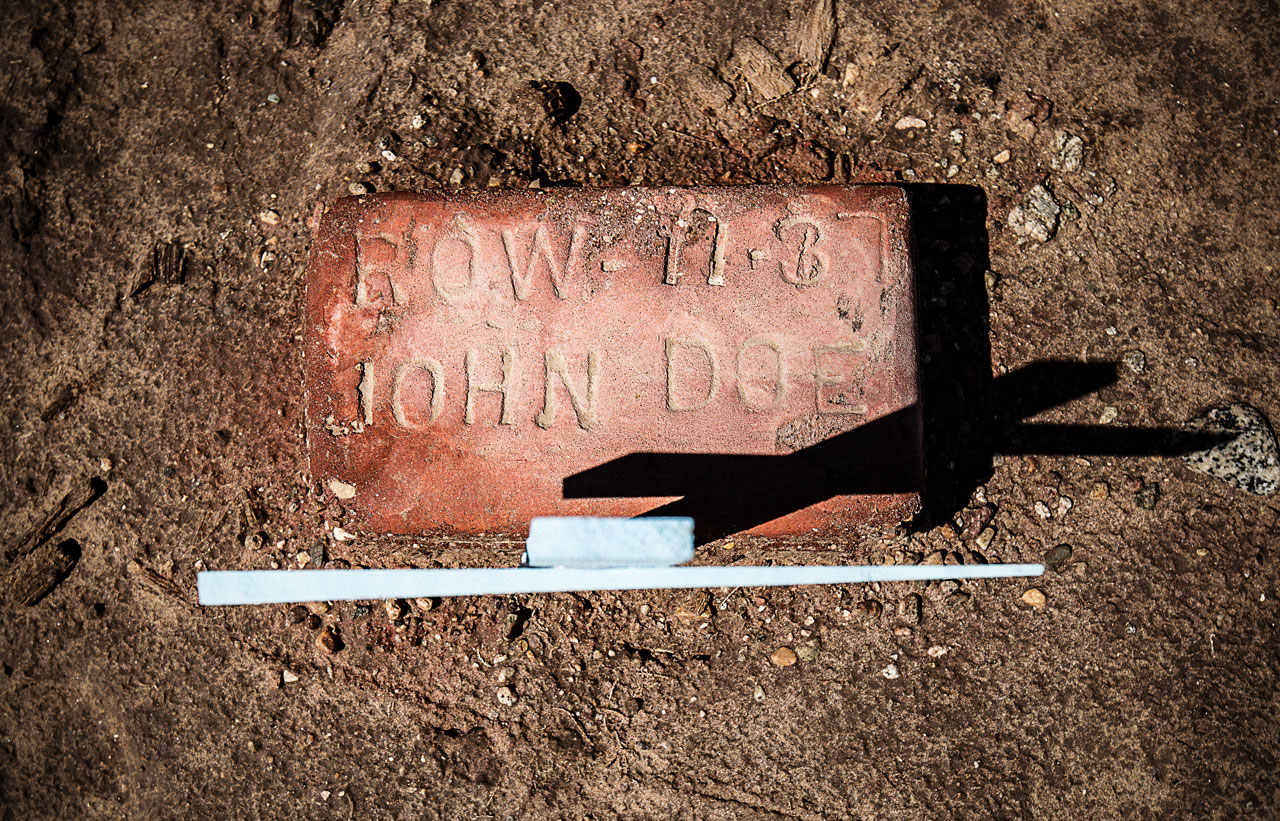The cosmology of American political life is saturated with death and the bones of the dead.
— Gary Laderman, The Sacred Remains: American Attitudes toward Death, 1799-1883
A nation that racially segregates its dead offers, for example, the story of George Hubbard, a Black church deacon who died on July 4th, 1963, in Nowata, Oklahoma. In an era of bitterly contested civil rights, a dispute quickly arose over his body’s final resting place. According to the New York Post, Hubbard “was the custodian in the bank in Nowata … for 36 years. When he died the tiny town refused him burial in its white cemetery.” Hubbard’s two sons, both lieutenant colonels in the Army, rushed home to address this offense. The city council resisted pressure from the governor and a senator to allow Hubbard’s burial in his home town. With a perverse sense of piety, “Mayor A. E. Richardson said the decision was based on ‘generations of tradition and custom,’ adding: ‘It is not within our power to destroy that which our predecessors have sought to build. We cannot forsake those who are now powerless to speak for themselves.’” According to the New York Times, Hubbard was buried in a nearby town, right over the Kansas border. His son explained, “we didn’t want a long fight. I’m going to leave that to posterity.”
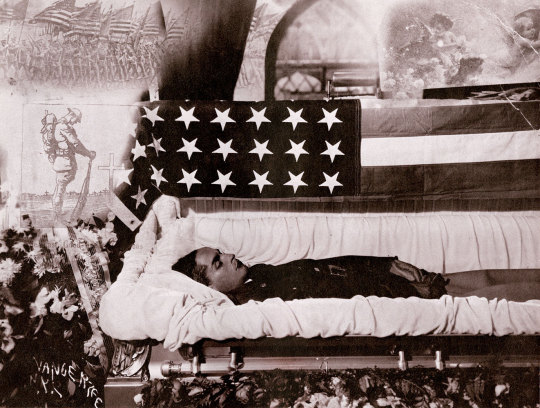
There is a contemporary history in the U.S. of whites in mortuary panic. A few vivid examples from recent decades illustrate this convoluted cultural legacy. The perplexity that can arise in reading through this litany, offense by offense, is not simply toward the irrationality of these burial exclusions but, more fundamentally, toward the question of how to tell a political story about dead bodies. What principle of justice do their passive forms articulate? How do social identities and hierarchies interact with cemeteries, crematoria, and remains?
What matters in these stories is the ruse of whiteness in the face of death. We should consider these episodes of mortuary segregation, and the political resistance they generated, as a haunting context for current practices in the U.S. of discarding non-white and borderland dead. Ideologies of privileged belonging in the U.S. still unfold across corpses, ashes, and burial grounds.
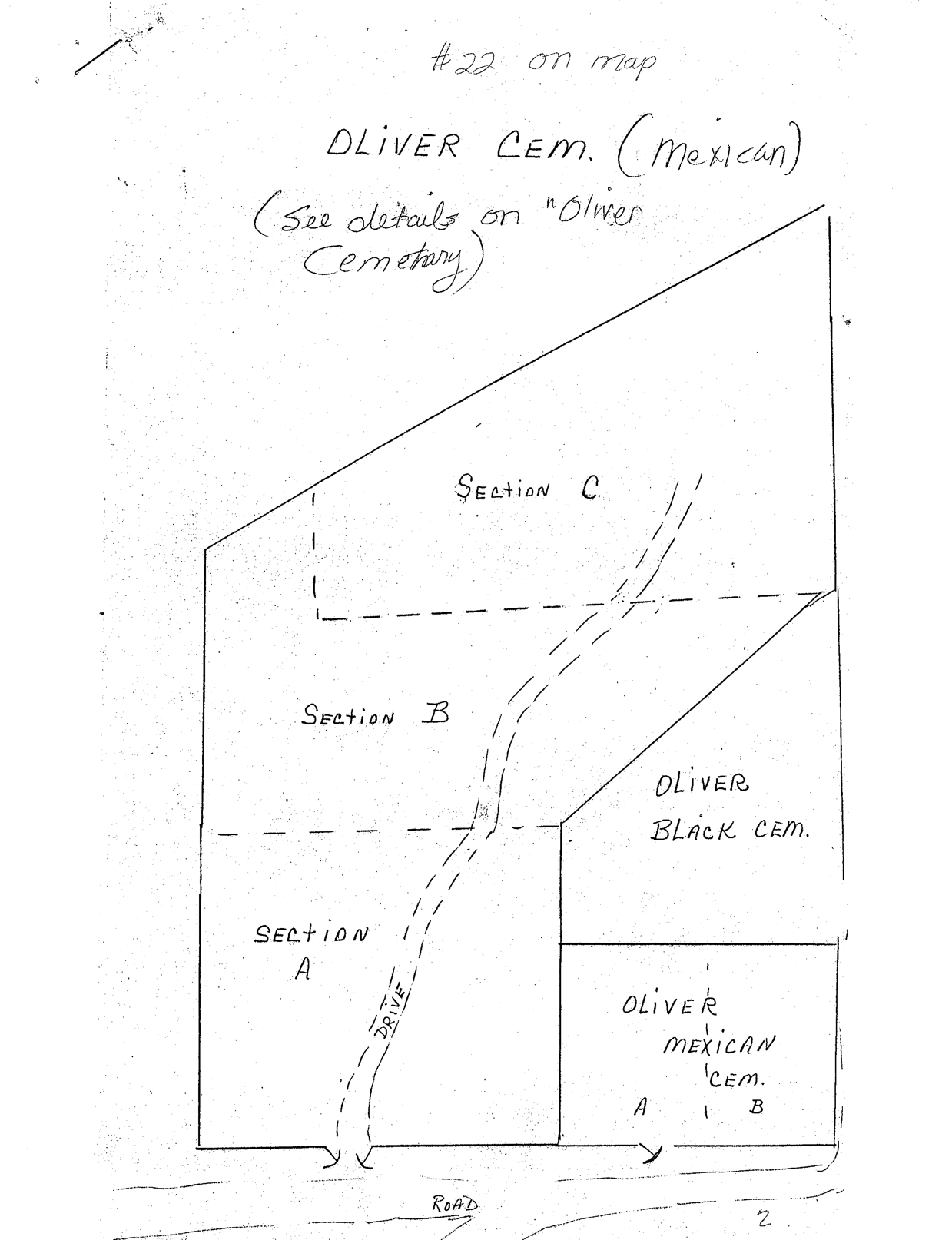
In 1951, officials of the Sioux City Memorial Park Cemetery, Iowa, stopped the burial of Sgt. John R. Rice, a member of the Winnebago tribe, who had been killed in combat in Korea. According to the New York Times, “before the coffin could be lowered, the family was notified that Sergeant Rice … could not be buried there. A clause in the sales contract for the cemetery lot reserved burial privileges for Caucasians only.” Evelyn Rice, his widow, later described in court her humiliation at his thwarted burial. Her lawsuit ended several years later in the U.S. Supreme Court without establishing any violation of Sgt. Rice’s constitutional rights. During the controversy, the cemetery published a pamphlet in its own defense, defending the practice that future generations would seek to end: “the restriction to members of the Caucasian Race is almost as old as the cemetery business and has come down with the development of the cemetery business. This restriction is in probably 90 per cent of the private cemeteries in the United States.” Although President Truman intervened to have Sgt. Rice buried at Arlington National Cemetery with full military honors, he and his family had suffered a searing insult, not by accident, but by the specific design of a system that sought to extend, by sheer force of collective hallucination, racial whiteness beyond embodied, biological life.
Evergreen Cemetery in Seattle, Washington contained a burial ground for infants, Babyland, exclusive to whites. In 1957, Milton V. Price inquired by telephone about a space for his stillborn baby and was told that one was available. When he and his wife visited the cemetery in person the next day, staff refused to sell them a plot in Babyland because of their race. At this exclusion, the Prices filed a lawsuit, which reached the Washington Supreme Court in 1960. In the 6-3 decision upholding the cemetery’s policy, Judge Joseph A. Mallery, siding with the majority, appended a special opinion of such contorted reasoning and resentment toward the grieving parents that we should pause over it, to register the panic many whites still felt in those years at the idea of being buried near the remains of black people. His opinion culminates in a warning against legally enforced mortuary integration as nothing less than totalitarianism. “The undisputed facts in the instant litigation are that Evergreen Cemetery has segregated sections restricted to white children, Masons, veterans, Lutherans, and so forth. These restrictions implement the universal desires of religious, racial, and fraternal groups to be associated in death as well as in life. ‘Birds of a feather flock together.’ Obviously, if Negro children were admitted to ‘Babyland,’ its white exclusiveness would be gone, and it would be in the same category as the unsegregated section which was rejected by the Negro appellants. The appellants’ grievance is the mere existence of any exclusive section for white children into which Negroes cannot intrude at will…. From time immemorial the scope and extent of an individual’s choice in his private affairs has been the Anglo-Saxon measure of his liberties. No individual right has been more cherished than the right to choose one’s associates. Regimentation in the private affairs of life, on the other hand, has been the badge of the police state.” The following year, in 1961, the state legislature amended its anti-discrimination laws to clearly pertain to “the disposition of human remains.” In 1962, Mallery retired from the bench.
Three years after the Prices were denied a burial plot in Seattle, George Vincent Nash, a member of the Winnebago tribe and World War I veteran, “was denied burial in the White Chapel Memorial Cemetery [in Troy, Michigan] because he was an Indian and not a white Caucasian,” according to a story published in The Worker. In fact, his burial was interrupted: “the body of Nash had been lowered and workmen had started to fill in the grave when the undertaker was stopped as he was leaving the cemetery with the family and told the burial could not take place. He had to remove the coffin and take it back to the funeral parlor.” His wife, a member of the Chippewa, had been buried in this cemetery in 1949. According to the article, “cemetery officials had raised a question about his mother’s burial at the time, but finally ‘had cleared her as white.’” An article in the New York Post about this burial refusal explained the cemetery’s policy: “you must be able to prove that, when alive, the blood in your veins came 75 per cent from Caucasian forebears.” This gravesite calculation of whiteness, an esoteric mathematics, could differentiate the social worth of decomposing human tissue with an apparently absolute precision.
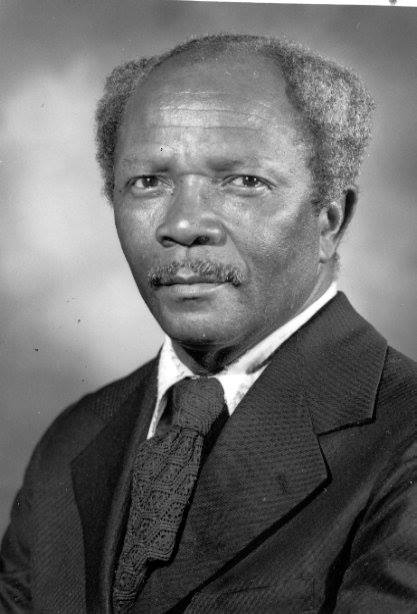
In 1964, a funeral director and owner of a successful mortuary in Flint, Michigan was himself denied burial rights in a local cemetery. J. Merrill Spencer had purchased a burial plot in Flint Memorial Park for his mother in 1959. Yet the white cemetery owners refused to honor this purchase at her death, because the family was black. In Spencer’s victory in the State Court of Appeals, Chief Justice T. John Lesinski rejected the argument, which Judge Mallery had made so vehemently six years prior, that racial exclusions in cemeteries are justified by a right to determine one’s private associations: “When the law recognizes the philosophy represented by ‘his own kind,’ we are only a step away from adopting the racist philosophy which World War II was fought to eliminate.” After the decision, Spencer’s mother, Rosa, was exhumed and reburied in her rightful plot in Memorial Park.
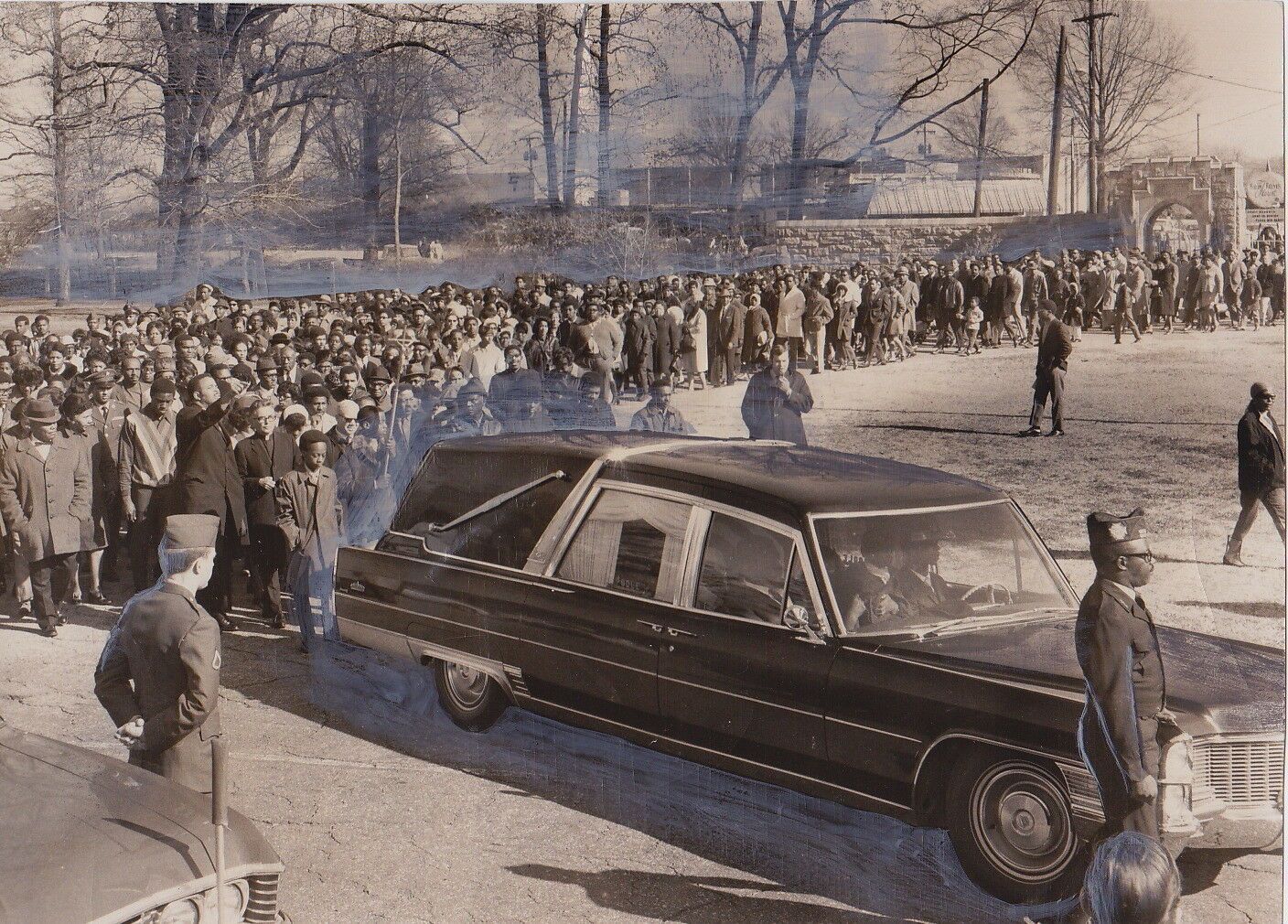
Bill Henry Terry, Jr., from Birmingham, Alabama, lost his life in Vietnam while serving in the Army. He volunteered in 1968 and, in 1969, was killed trying to protect fellow soldiers during an ambush. He was posthumously promoted to Corporal. According to Pete Hamill, writing in the New York Post, “his body was shipped home and his mother tried to answer one of her son’s special requests: that he be buried a half-mile from his home in the Elmwood Cemetery. The request was denied. [Bill Henry Terry, Jr.] was black.” Another ambush, on the home front. Local clergy, black and white, protested. The family sued and won in court, and on January 3, 1970, Terry’s body was exhumed from another cemetery and accompanied by a procession of twelve hundred people for reburial in Elmwood. A priest told those assembled: “We are rejoicing, not mourning. This is not really a funeral march. This is a victory march for Billy and for truth and right.”
Soon after, in 1971, Wilbert Oliver was told by Escude Funeral Home in Mansura, Louisiana—the only mortuary in his home town—that they wouldn’t allow his mother’s funeral service to be held on premises, despite the fact that Martha Pierre Oliver had served as midwife and wet nurse for the Escude children. Oliver was forced to hold his mother’s wake in a run-down storage building of a nearby church, while paying the same price charged to whites for use of the air-conditioned funeral home facilities. Because white-owned mortuaries in the region still routinely refused to serve black people, Oliver and others filed a class-action lawsuit against Escude and a nearby mortuary implicated in the same practices, Hixson Brothers Funeral Homes, in 1973. Lawyers with the Southern Poverty Law Center represented the plaintiffs. The court’s summary judgement, which declared these practices “illegal and unconstitutional,” served as a clear message to funeral homes and cemeteries throughout the region that policies of racial discrimination could not be legally sustained.
Of course, widespread work remained to be done, both in reclaiming neglected burial grounds and in affirming equal access to mortuary spaces and services. As if a bizarre, involuntary twitch of an old racist muscle—or an unusually public display of a hidden one—in 1996 the board of deacons of Barnetts Creek Baptist Church in Thomasville, Georgia requested the removal of a recently buried baby from its cemetery because her father was black. The baby, Whitney Elaine Johnson, who had died nineteen hours after birth because her skull was not fully formed, had been buried three days earlier, in a plot near her maternal grandfather’s remains. The church’s intention was to keep the cemetery as it had been, filled exclusively with the corpses of whites. Logan Lewis, deacon, was widely quoted as saying “There’s not any mixing of cemeteries anywhere in this area. If someone white asked to be buried in a black cemetery, he’d be a laughing stock.” As news of the offense spread across national media, the baby’s grandmother, Sylvia K. Leverett, told the New York Times that Logan “‘said they don’t allow half-breeds in their cemetery’.” Faced with overwhelming public pressure, church deacons quickly relented and publicly apologized, confirming that Whitney’s remains would not be exhumed.
In this thwarted re-segregation, on the occasion of an infant’s death, we can see with special clarity the terrible fragility of whiteness. As a historically shifting idea about the meaning of certain bodies, or a floating symbolic force posing as a biological feature, whiteness risks falling into crisis as a category to think about the dead. It is the weaker enigma, revealed as a ruse, confronted with the inexhaustible enigma of death. The idea in the U.S. of an all-white cemetery might be interpreted as a desire to make one’s feeling of whiteness, as an intangible value or possession, into an existential fact. An all-white cemetery, based on exclusions, functions as a persuasive alibi that one’s whiteness preceded birth and will continue after dying. To conjugate the idea of whiteness with a fetus or corpse—let alone with a zygote or cremains—is to reveal it for what it is, a desperate and incoherent claim for an exclusive social prestige that can be passed down through generational lineage, from one mortal body to another.
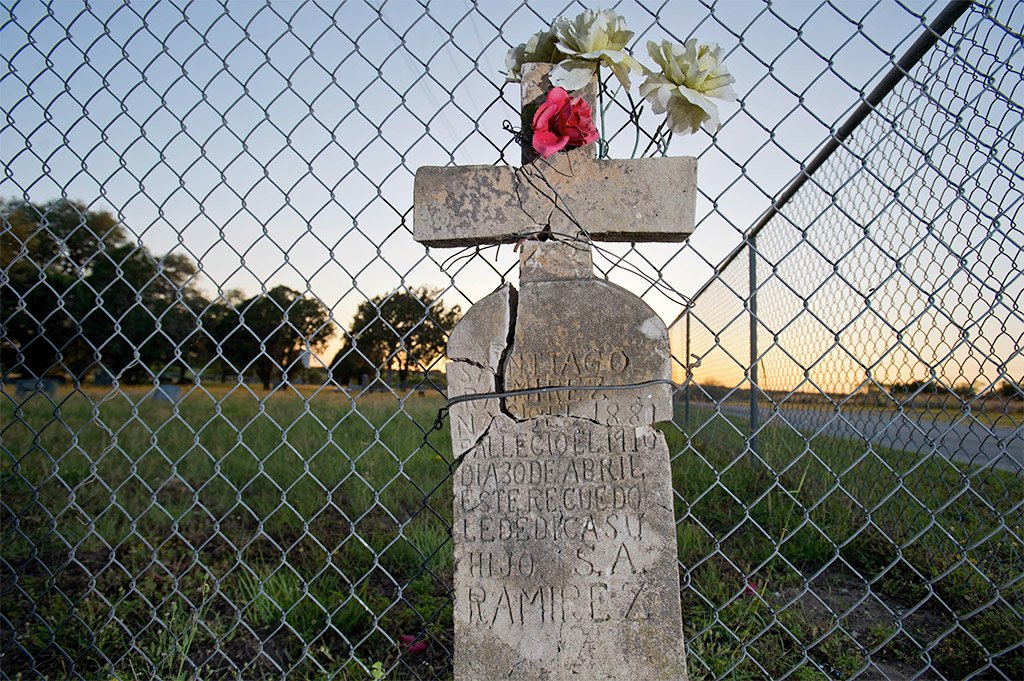
Instances of racial mortuary exclusions in the U.S., even since the Civil Rights era, are innumerable. In May 2016, San Domingo Cemetery in Normanna, Texas, an all-white cemetery, refused to bury the remains of Pedro Barrera. Dorothy Barrera, his wife for over forty years, sued. From an article in The Texas Tribune: “According to the lawsuit, cemetery operator Jimmy Bradford told Barrera that her request to bury her husband at the cemetery had been denied by the Normanna Cemetery Association. When Barrera questioned the vote, Bradford allegedly responded that her husband couldn’t be buried there ‘because he’s a Mexican,’ the federal complaint detailed. Bradford then directed her to ‘go up the road and bury him with the n—— and Mexicans’ in the nearby Del Bosque Cemetery.” The lawsuit, filed by the Mexican American Legal Defense and Educational Fund, quickly compelled the cemetery to change its policy. Observers noted that the one tombstone with a Spanish surname, for Santiago Ramirez, who died in 1910, lay just outside the cemetery’s chain-link fence, which “turns so sharply at his grave that it actually cuts into the backside of the tombstone,” according to Noam Hassenfeld, reporting for Latino USA. Marisa Bono, a lawyer with M.A.L.D.E.F., commented that “it’s almost as if the fence was built specifically to exclude this one tombstone which also happens to be the one tombstone with a Latino name.”
A society’s basic moral grammar is expressed by its care for the dead, and particularly by its care for the corpse of the stranger, the outsider, the other. Rather than older forms of racial segregation, current generations will primarily confront mortuary justice in the terrible fact of unclaimed, indigent bodies in our desert borderlands. Thousands will continue to die in desperate migration, killed from exposure to the sun, thirst, drowning, and violence. Most of the borderland dead are unidentifiable; many are buried under the name “John Doe” or “Jane Doe” in places like the Terrace Park Cemetery in Holtville, California, which in its back lot holds the remains of hundreds of unclaimed migrant bodies, each marked with a brick. In recent years, many of the unknown migrant dead have been cremated, their ashes scattered in the ocean. In the face of such radical dispossession, in both life and death, what mortuary practices will be morally sufficient? Who is likely to create an adequate burial ground for these dead, despite their nameless poverty? If we’ve learned anything from past struggles for mortuary rights, we should insist that those who die crossing our borderlands should also be included in the human community after death, as lives worthy of our recognition without invidious political distinction.
One day—I predict, I expect—there will be a ceremonial excavation of an unnamed migrant from a borderland pauper’s field, a public procession with those remains, and their reburial at a Tomb of the Unknown Migrant. This one body, which might be any, will represent the rest, an acknowledgment of thousands in mourning for those lost. Families in grief will have a grave to spend time at. The nation will have begun to claim a new kind of citizen.
David Sherman is faculty in Brandeis University’s English Department. His first book, In a Strange Room, is about cultural responses to the modernization of death practices around the turn of the twentieth century. He is now finishing a far less academic book, Inventing Farewell, about contemporary artists, activists, and writers trying to create new cultural spaces for dead people. He lives in Cambridge, MA, near lots of old burial grounds and old libraries, often confusing the two.
Citations:
Angelika Krüger-Kahloula’s groundbreaking research on this topic has been indispensible for many scholars. See “On the Wrong Side of the Fence: Racial Segregation in American Cemeteries,” in History and Memory in African American Culture, eds. Geneviève Fabre and Robert O’Meally. New York: Oxford University Press, 1994. Pages 130-149.
Laderman, Gary. The Sacred Remains: American Attitudes toward Death, 1799-1883. New Haven: Yale University Press, 1996.
Levin, Alan. “Bias in an Okla. Graveyard.” New York Post, July 16, 1963.
- P. “U.S. Negro Colonel Bars a Bitter View Over Burial Dispute.” New York Times, July 17, 1963.
“Truman Sets Arlington Interment for Indian Denied ‘White’ Burial.” New York Times, August 30, 1951. Pages 1-2.
“Ban by Cemetery on Indian Upheld,” New York Times, November 16, 1954. Page 22.
Huston, Luther A. “Burial Bias Plea Rejected Again.” New York Times, May 10, 1955. Page 21.
P. “Supreme Court Judge Fires Blast at Negroes.” The Daily Chronicle (Centralia-Chehalis, WA), December 8, 1960. Page 1.
Price v. Evergreen Cemetery Co. of Seattle (Washington Supreme Court, 1960):
https://www.courtlistener.com/opinion/1144742/price-v-evergreen-cemetery-co-of-seattle/
“Lash of Bigotry Follows Vet Even unto the Graveyard” Worker, August 21, 1960.
“Indian Denied Burial: Barred from Cemetery in Detroit Because of Race.” New York Times, August 12, 1960. Page 41.
Grove, Gene. “For the Dead, 74% Won’t Do.” New York Post, August 12, 1960.
P. “Negroes Picket Flint Cemetery.” Ironwood Daily Globe (Ironwood, MI), April 11, 1966. Page 10.
- P. “Cemetery Owners Ending Racial Bias in Flint, Mich.” New York Times, December 7, 1966. Page 38.
Spencer v. Flint Memorial Park Assn. (Michigan Court of Appeals, 1966):
https://www.leagle.com/decision/19661614michapp1571137
Hamill, Pete. “An American Hero.” New York Post, November 13, 1969.
Wooten, James. “Black Soldier Buried Among Whites.” New York Times, January 4, 1970. Page 57.
Honan, William. “Wilbert J. Oliver Dies at 89; Fought Funeral Color Line.” New York Times, August 23, 1999. Page 9.
Wilbert Oliver et. al. v. Escude Funeral Homes et. al (Southern Poverty Law Center summary):
“Body of Biracial Body Allowed to Stay in Cemetery of All-White Church.” Jet, April 15, 1996. Page 37.
Sack, Kevin. “Anger Over Effort to Disinter An Infant of Mixed Race.” New York Times, March 29, 1996. Page A14.
Bragg, Rick. “Just a Grave for a Baby, But Anguish for a Town.” New York Times, March 31, 1996. Page A14.
Ura, Alexa. “Texas Cemetery Scraps ‘Whites Only’ Policy.” Texas Tribune, July 25, 2016.
Hassenfeld, Noam. “Segregation in Texas Cemeteries Proves Hard to Undo.” Latino USA, July 19, 2017.
Sanchez, Tatiana. “Remains of hundreds of unidentified immigrants are buried in Imperial Valley Cemetery.” Los Angeles Times, June 18, 2016.
Baskin, Morgan. “Field Notes for a Cemetery for the Nameless.” Pacific Standard, March 31, 2017; updated October 6, 2017.
If you enjoyed this piece, please consider supporting our work. Your contribution goes directly toward running The Order, including resources, research, paying our writers and staff, creating videos, podcasts, events and funding more frequent content. We’d love to keep pushing the funerary envelope in 2019. Visit our Support Us page, for a variety of easy ways to contribute, or become a patron on Patreon for exclusive content and rewards.

